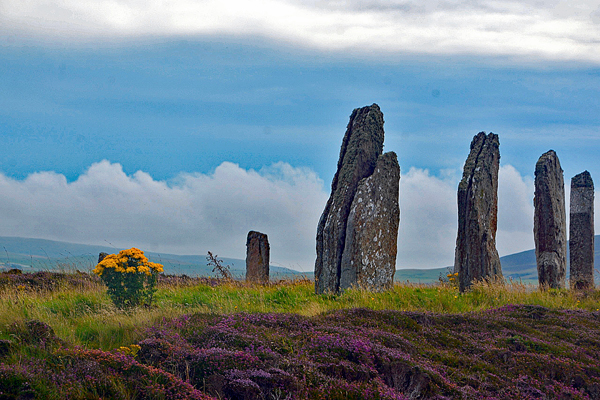is that, by definition, they are large, heavy and difficult to move!
I was very lucky, a little over twenty-five years ago to come across the moving of an enormous gravestone in the Indonesian island of Sumba , where I was doing research for my Master’s in anthropology. By sheer coincidence I arrived at the time the stone was reaching its final destination.

The noise was incredible (you may have spotted the huge loudspeaker on the stone) and there was an enormous crowd. I managed to chat with some of the men who had been pulling the stone and they explained to me that this was the future tombstone of a high-ranking official who had sponsored its being moved from several kilometers away. 600 people had been involved in rotation over a period of several months, 2 or 3 days a week. They had received payment in various ways, the most appreciated item being buffalo meat, which is normally too expensive for the majority of people.
If you want to know more about the importance of tombs in Sumba please see Dissertation and Why are tombs in Sumba so different?

As people started to move away, I was able to see how it had been possible to move this enormous stone: using tree trunks the men had built a sort of sledge to which ropes had been attached. The whole thing was then put on larger tree trunks which acted as rollers. One can imagine the effort required to move this stone which probably weighed about 60 tons , particularly going uphill or downhill!

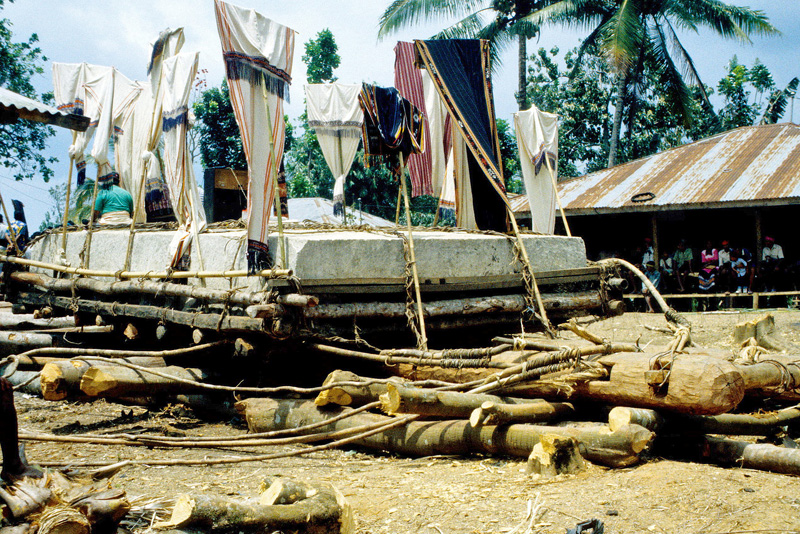
I was suddenly reminded of this episode last summer when I went to visit several megalithic sites, much older since they date back to the neolithic. Those sites were far away from one another since they were in the Scottish isles and and Malta. Strangely enough, both these civilisations were faced with the same problem : no trees were available or very few because of the deforestation caused by agriculture. The solution used in Indonesia was therefore impossible.
In Malta a megalithic civilisation appeared around 3600 BC. Many temples, some of the most ancient in Europe, were built. Below are some examples.
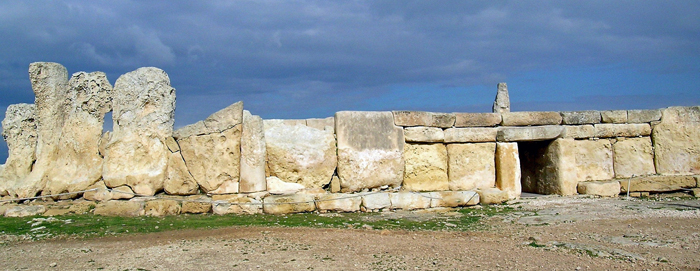
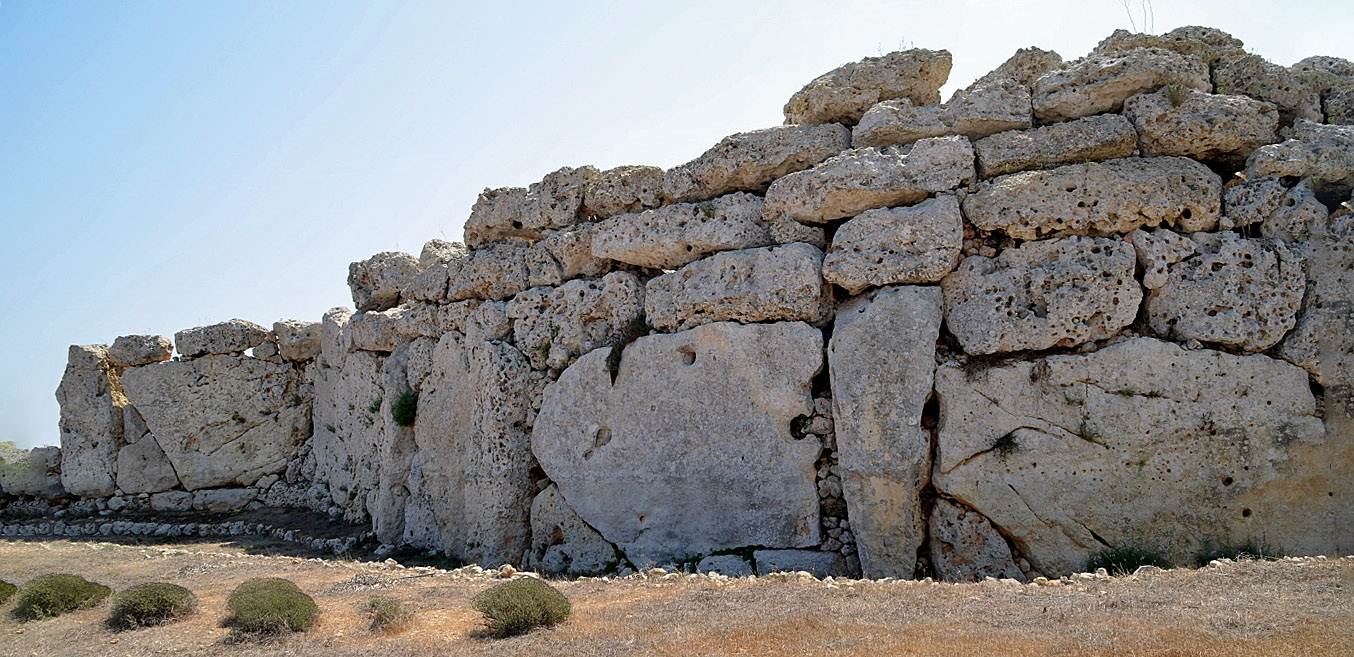
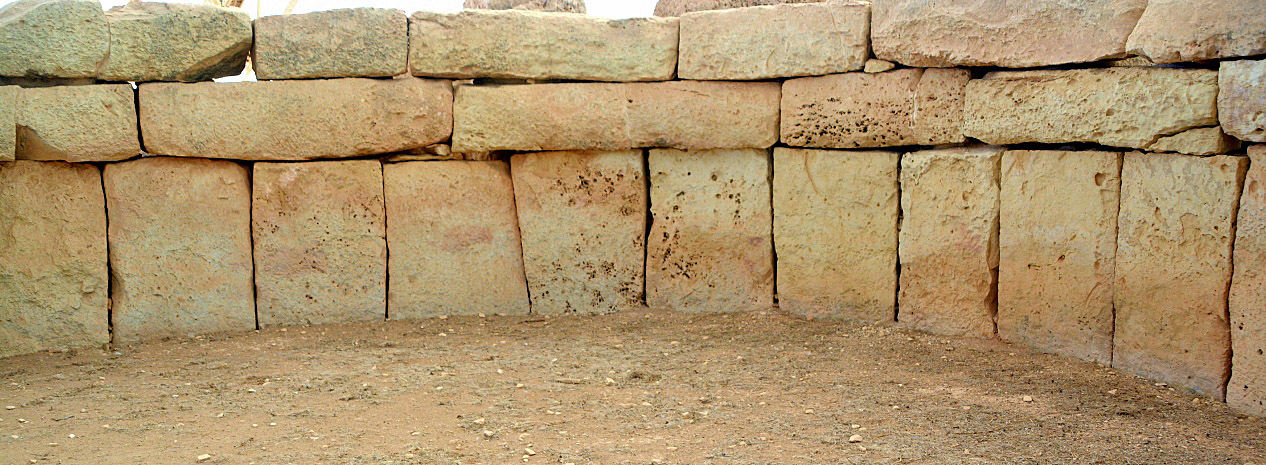
Since no trees were available, the Maltese used another method: In several temples spherical stones have been found, and it is thought they were used to move large stones.
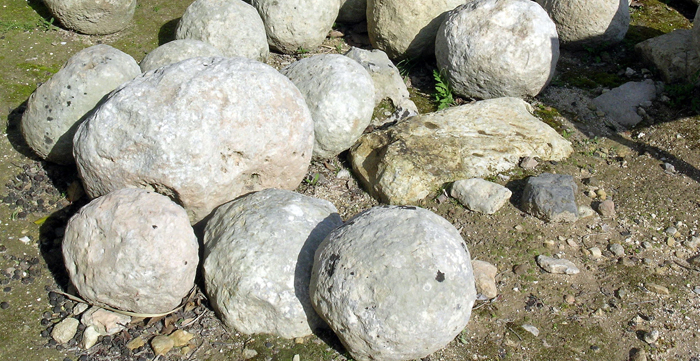

In the Scottish Isles, such as Orkney , another solution had to be found. There are many neolithic sites, including rings of standing stones, similar to Stonehenge but older.

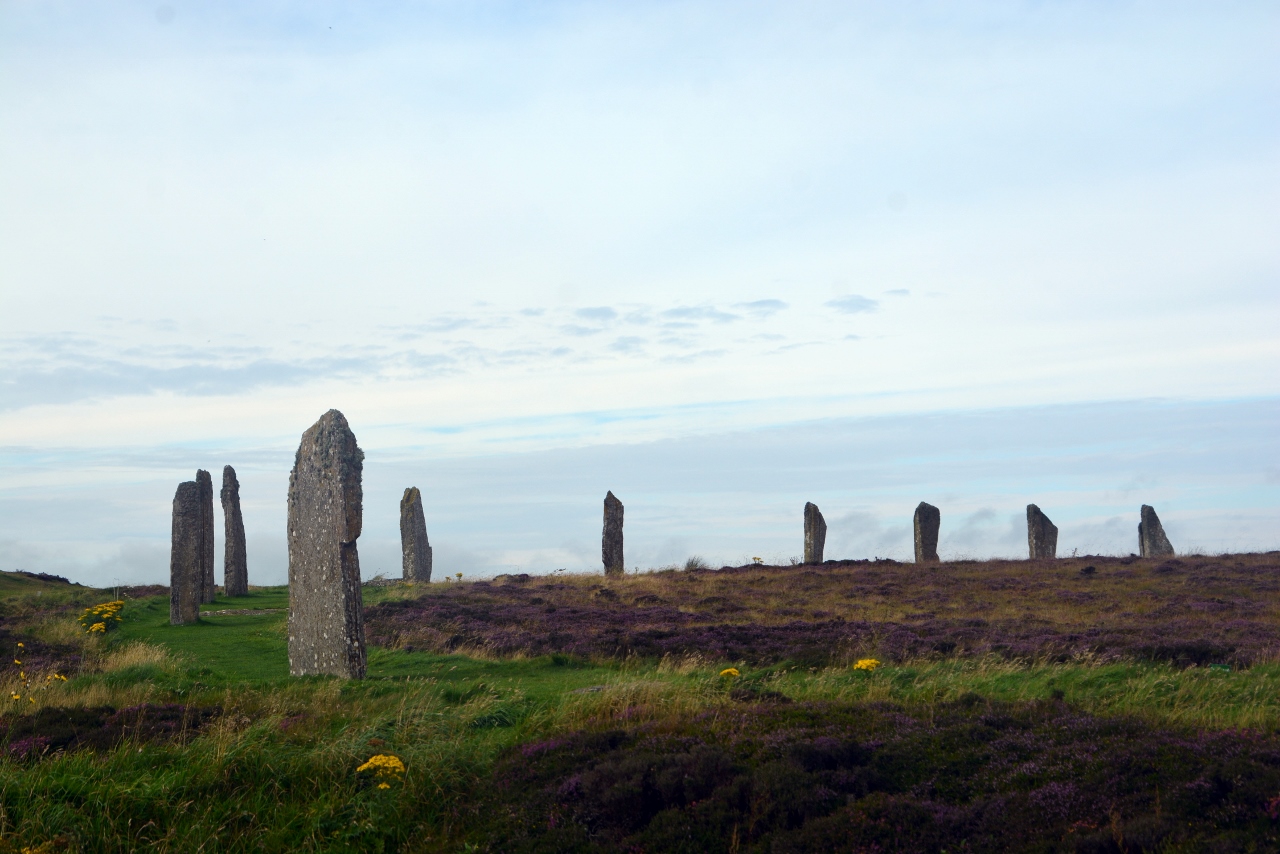
No round stones have been found on Orkney. But a team of archaeologists made some experiments and think they have found how this was achieved. Ropes were put round the stones which would be made to slide over kelp. You can go on the Brodgar site How do you move a standing stone? – Brodgar to see the photos posted by the team.
